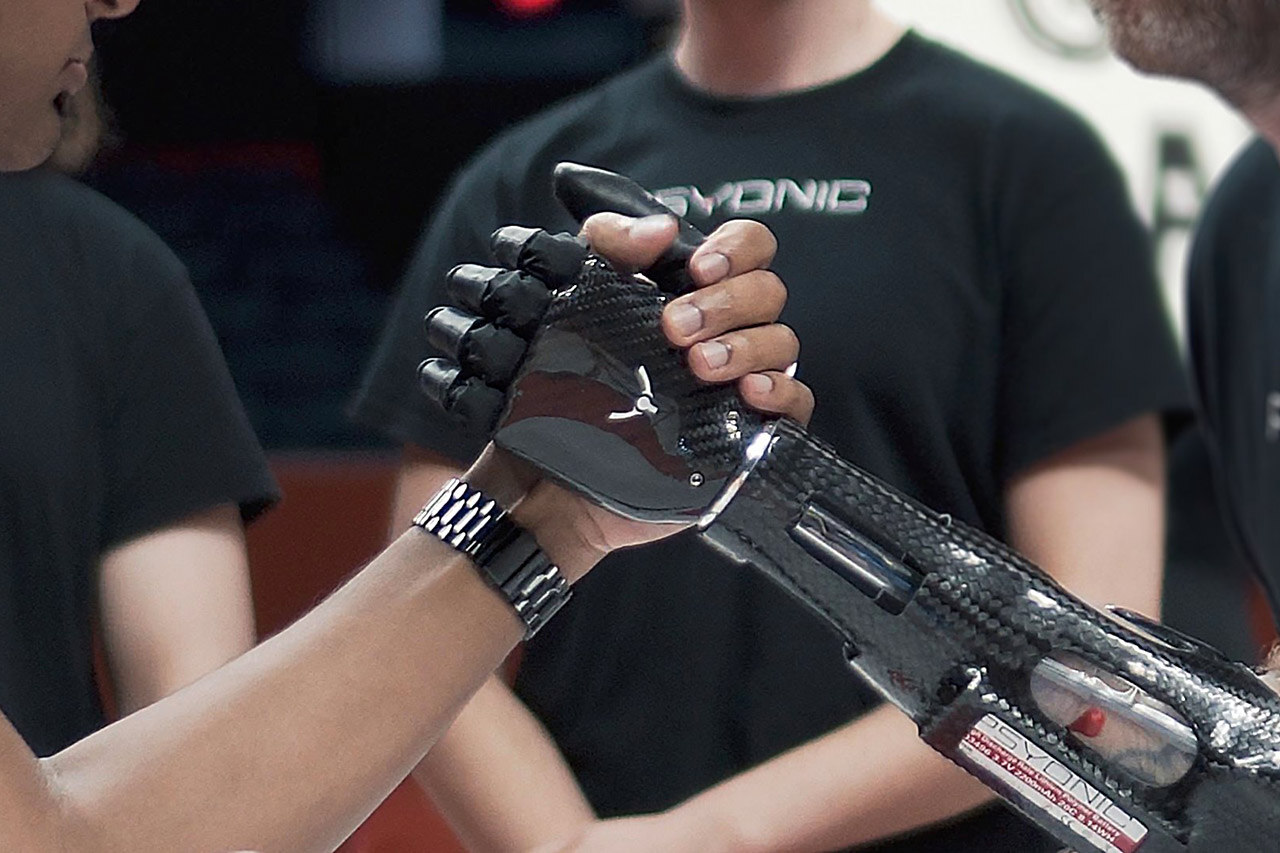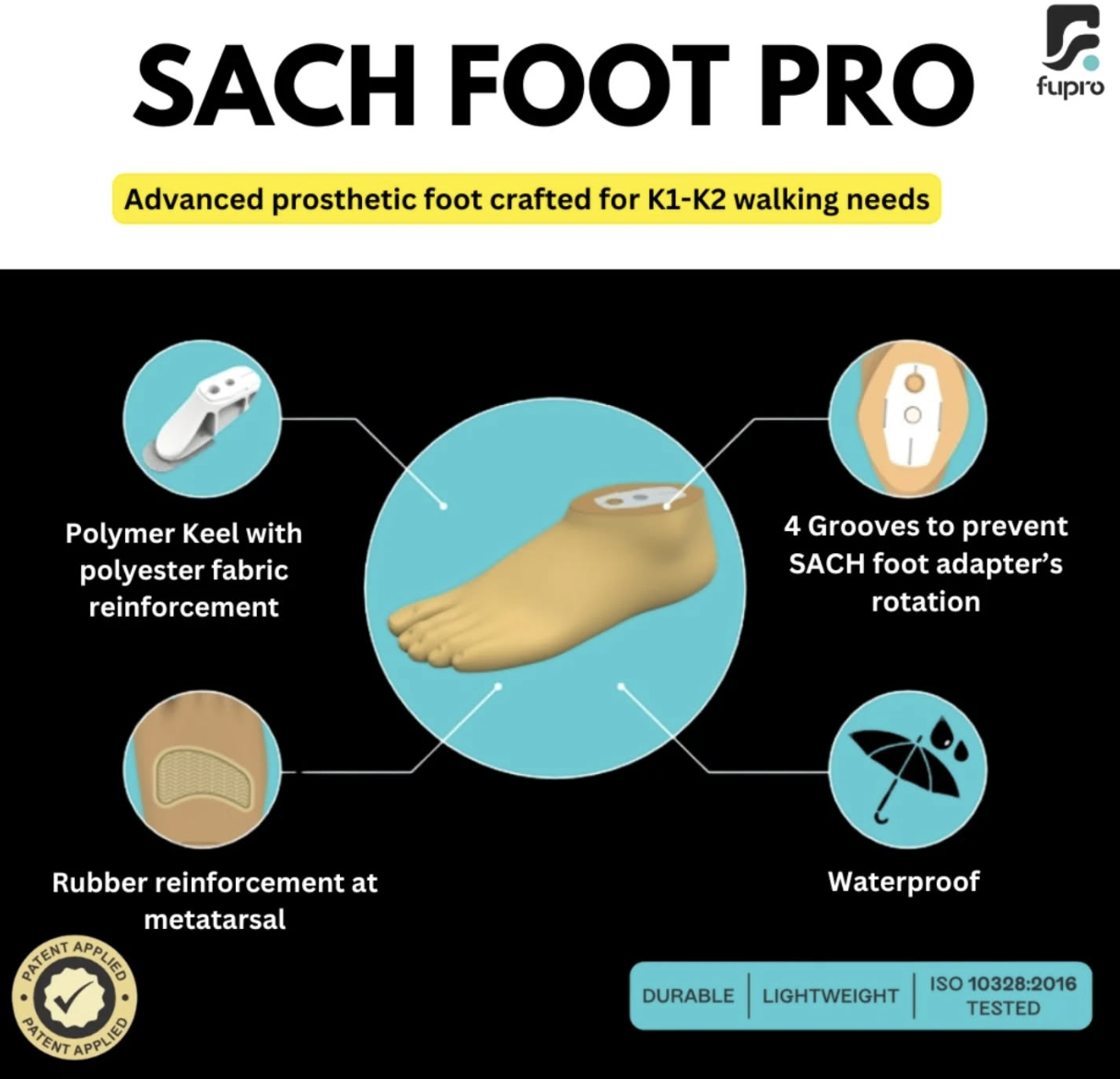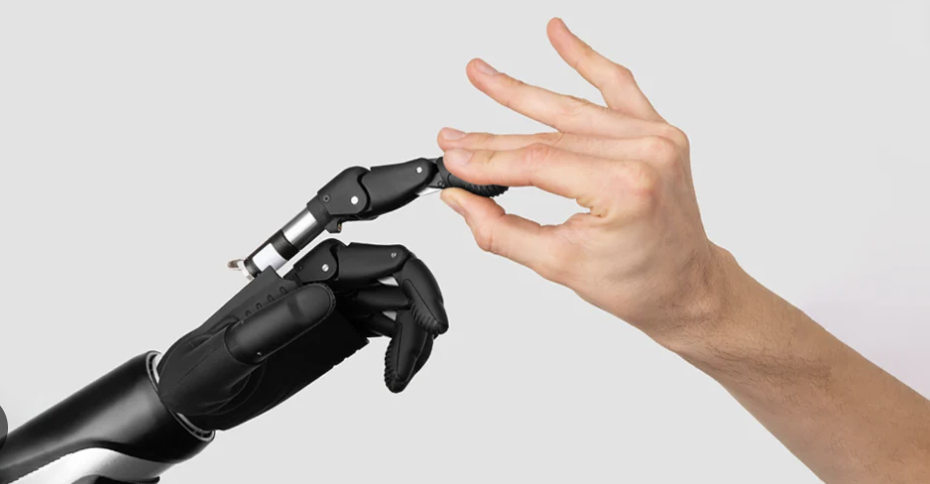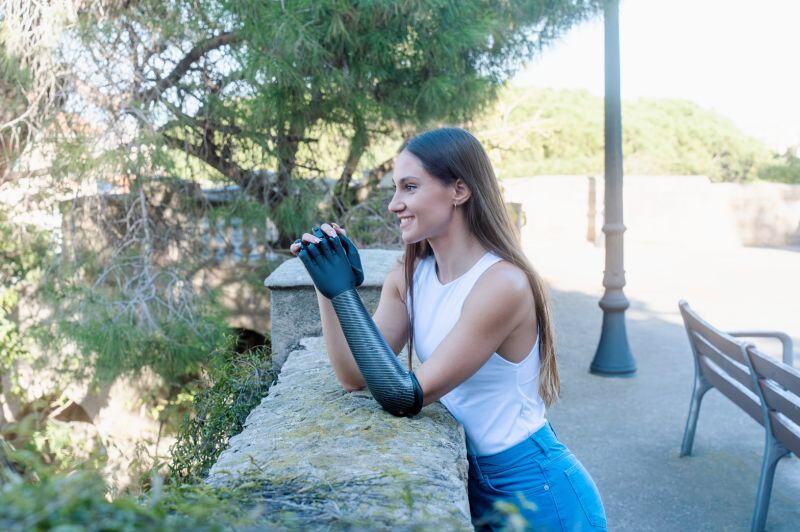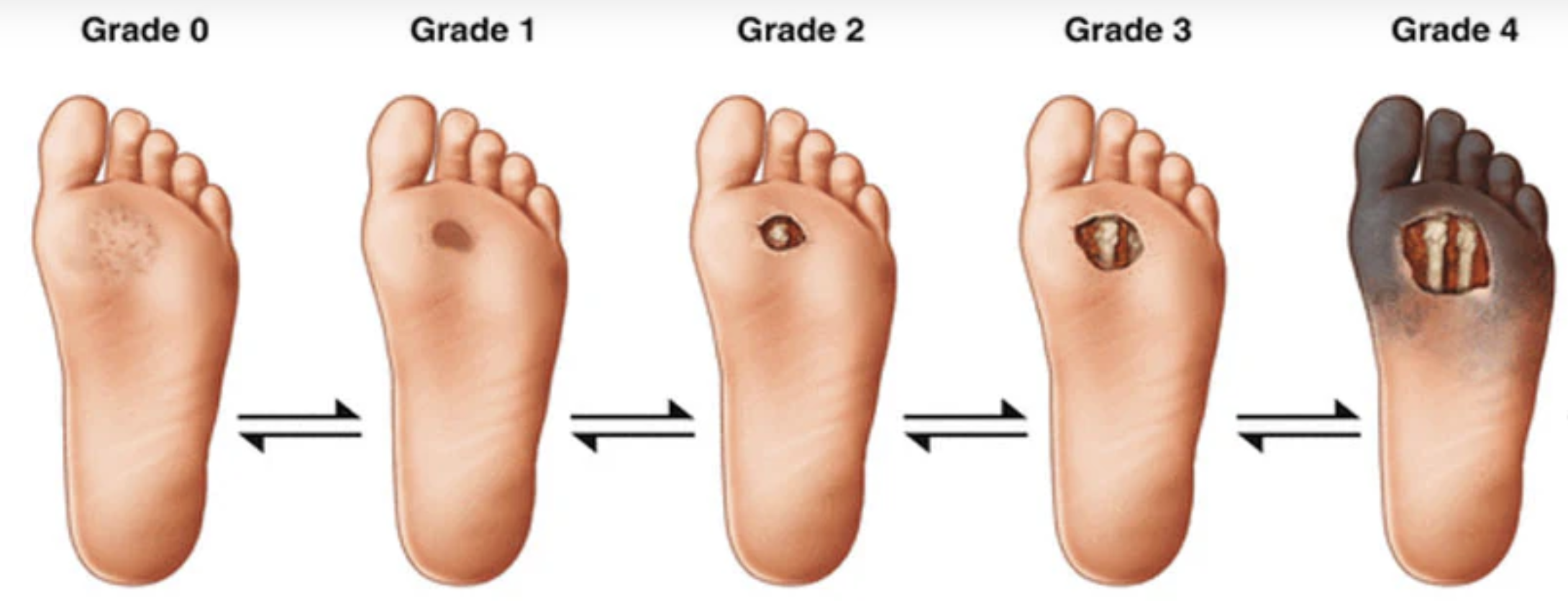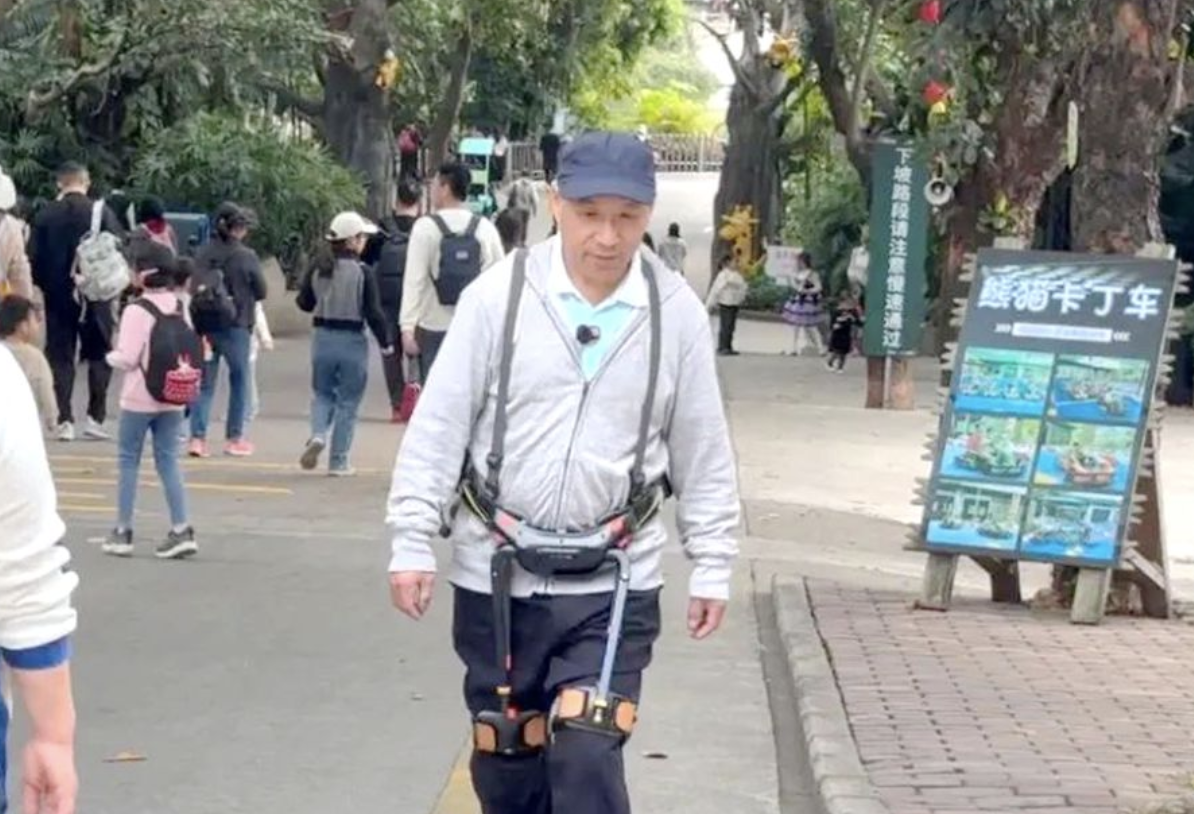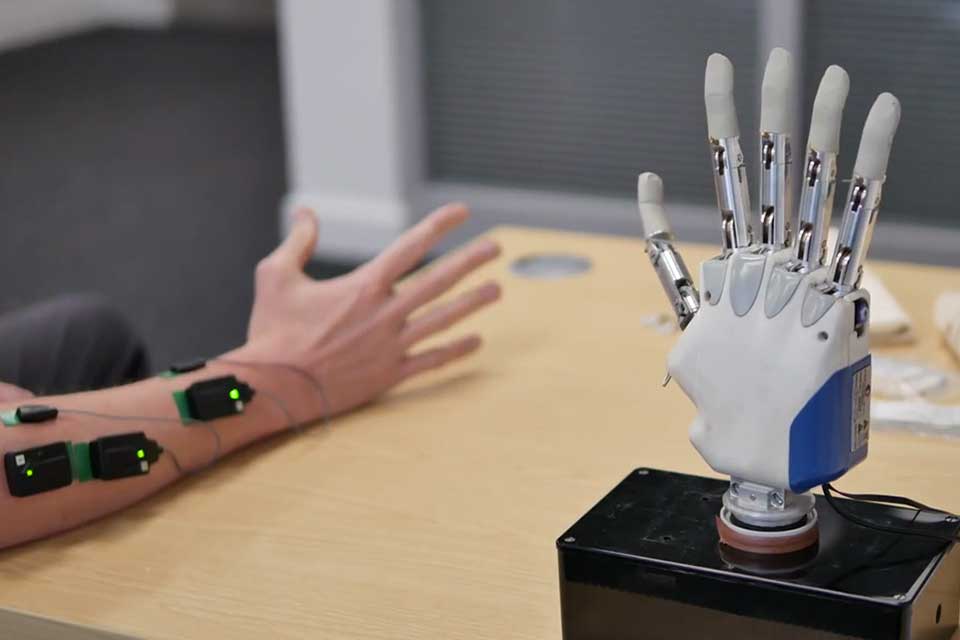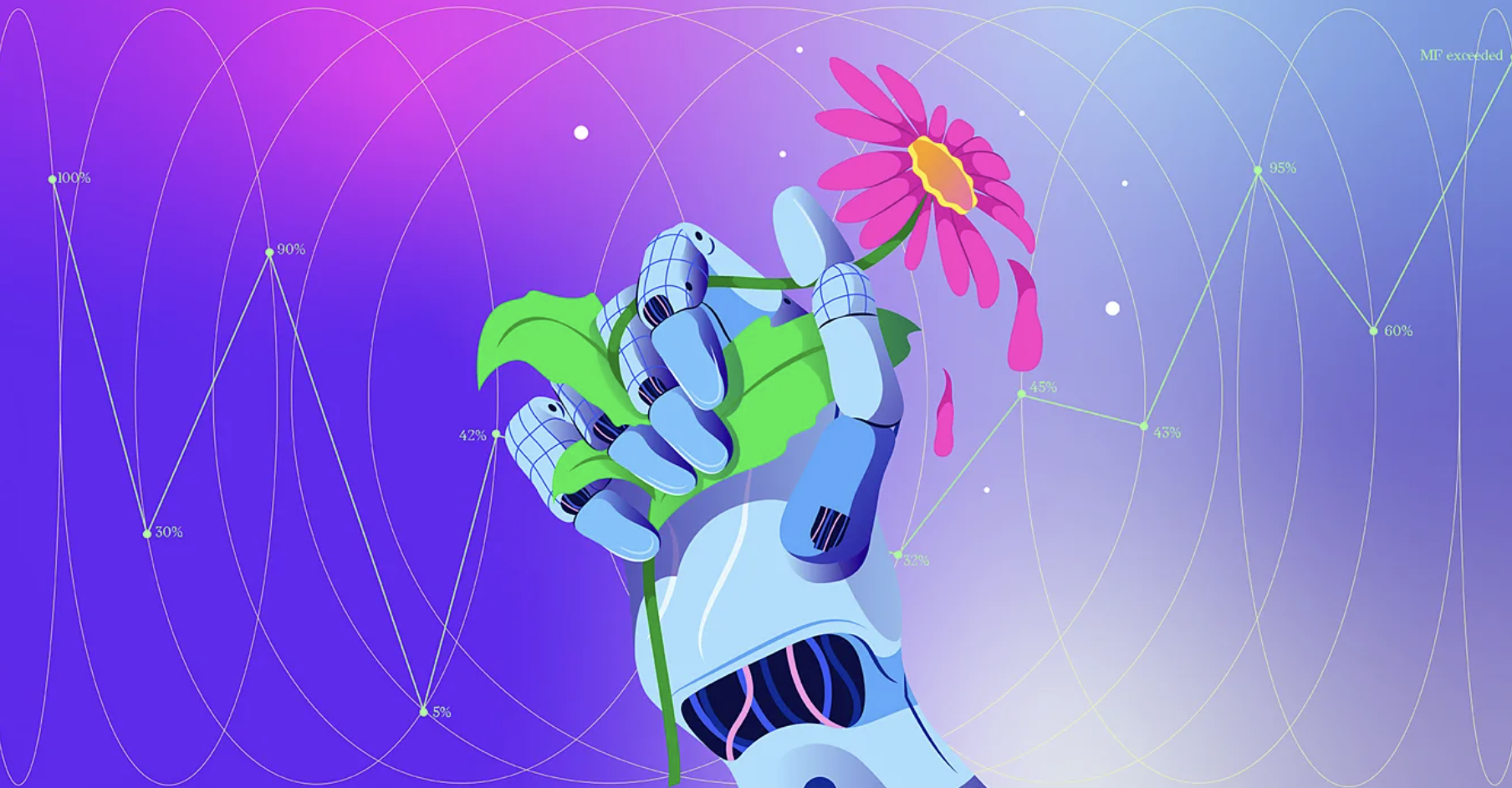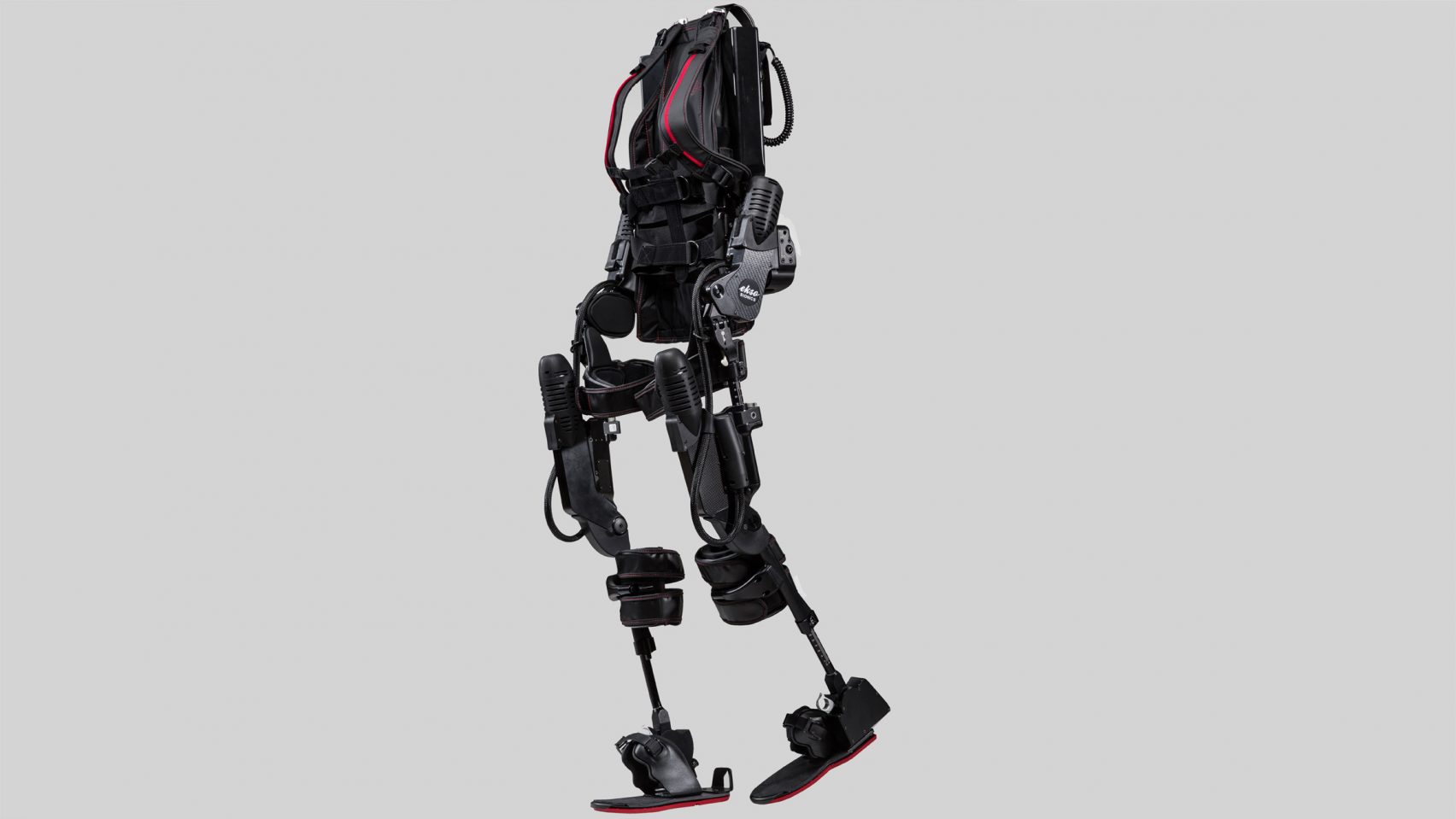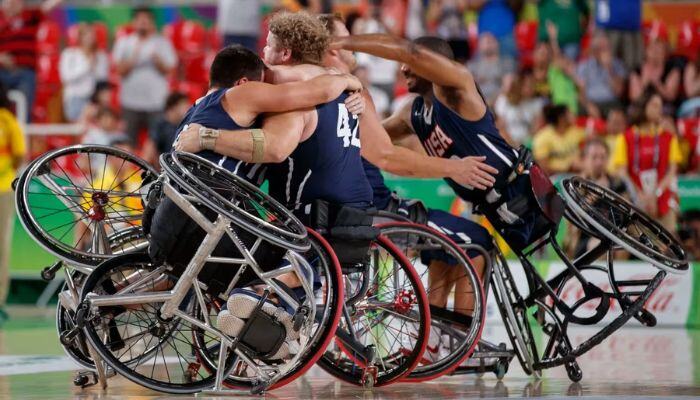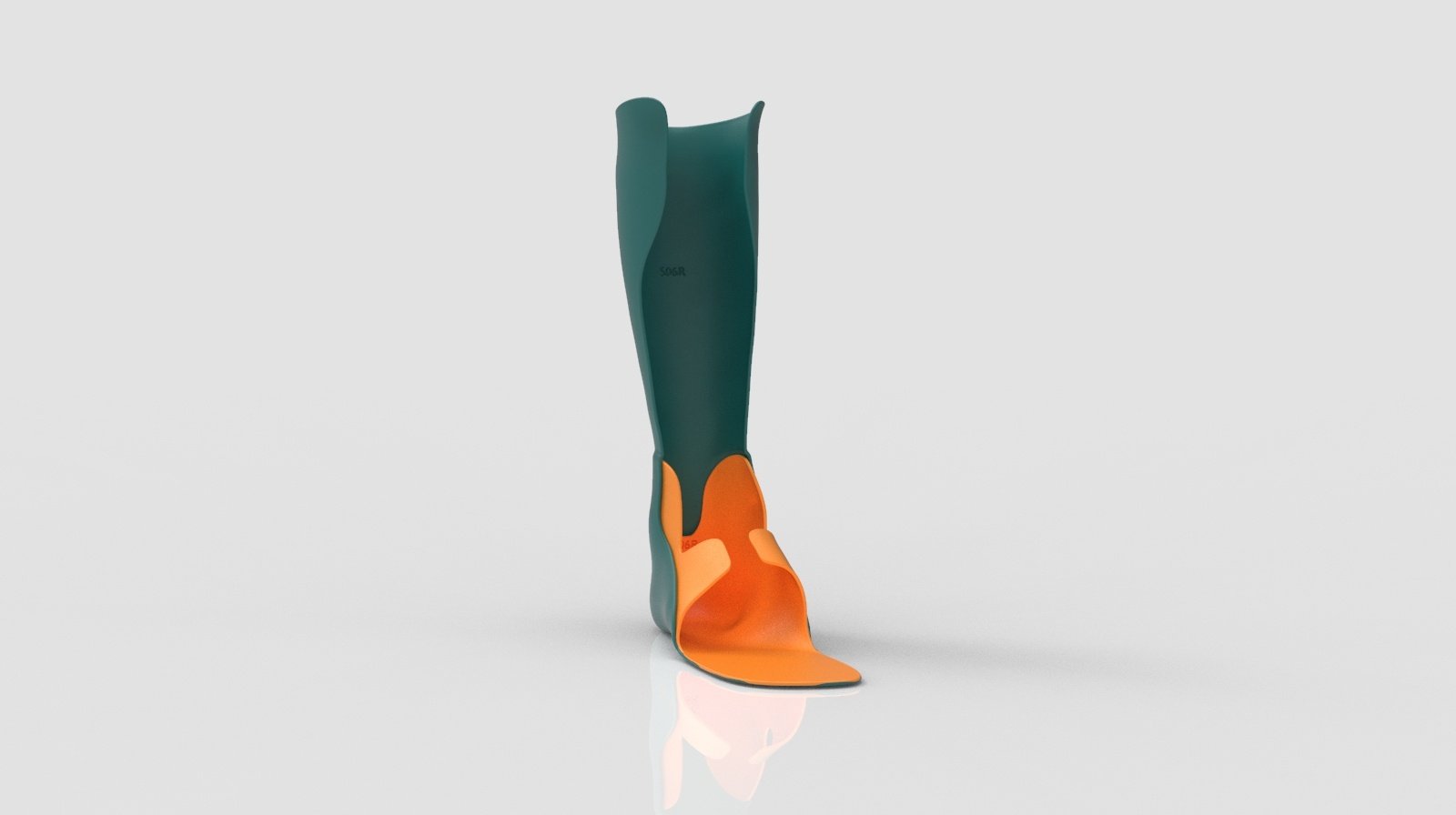Traumatic limb amputation affects over 50 million people globally. Many opt to adopt prostheses, but integrating them into daily life can be a challenging journey, filled with both physical and emotional hurdles. These devices significantly influence the way individuals engage with their surroundings—whether it’s driving independently, participating in sports, or simply performing everyday tasks at home. At the core of this journey is autonomy. However, the reality of traditional prostheses is often disappointing. They can be basic, costly, and fragile, limiting accessibility for many. In fact, only around 10 percent of patients who need an advanced prosthetic arm can afford one. Yet, recent technological innovations offer a promising path forward, bringing renewed hope for those in need of prosthetic solutions.
PSYONIC, founded by Dr. Aadeel Akhtar, is leading the way in advancing prosthetic technology. The company’s mission is to make high-quality, high-performance robotic limbs accessible to everyone. Through cutting-edge 3D printing, PSYONIC has successfully developed a bionic hand that promises to transform the prosthetics landscape. We spoke with PSYONIC’s founder and CEO, Aadeel Akhtar, to delve deeper into this groundbreaking innovation and explore how 3D printing is enhancing the autonomy and quality of life for amputees.
3DN: Can you present PSYONIC and share your link with Additive Manufacturing?
PSYONIC is dedicated to developing cutting-edge robotic limbs, offering accessibility to both humans and robots. Since the beginning of our venture, one of our priorities has been to make our devices accessible through additive manufacturing technology. Over the past nine years, we have perfected our flagship product, the Ability Hand bionic hand, through nine successive iterations. Our beginnings were marked by the free 3D printing of hand models using FDM technology. Gradually, we moved towards designing our own models.
This approach has given us solid experience in using low-cost additive manufacturing to produce state-of-the-art bionic limbs. However, following ongoing discussions with patients and healthcare professionals, we identified the major problem they were experiencing: their high-end prostheses, custom-made by injection molding and machining, had a tendency to break due to their rigid composition. To solve this problem, we opted for a more flexible robotics approach, integrating materials such as silicone and rubber to complement the 3D-manufactured internal components, to confer greater resistance to impact. At the same time, we have introduced advanced technologies, such as SLA and SLS printing, into the manufacturing of our final products.
3DN: How was PSYONIC born?
I founded PSYONIC in 2015, carrying the dream of designing bionic limbs since the age of seven. My initial inspiration came during a visit to Pakistan, where I met a young girl who had amputated her right leg, getting around with a simple tree branch as a crutch. This event had a profound impact on me, prompting me to embark on a mission to develop affordable and accessible bionic limbs. While pursuing my PhD at the University of Illinois, an opportunity took me to Ecuador in 2014, where I was able to test a preliminary prototype of the “Ability Hand” on a patient named Juan Suquillo. Juan had lost his right hand in an explosion during a conflict 35 years ago. In front of the international media, he expressed the return of a part of his identity, having managed to grasp an object with his right hand for the first time in 35 years. At that moment, I realized that if I left my work confined to academia, this touching experience would be a mere subject for a newspaper article. So I decided to commercialize the technology, giving birth to PSYONIC.

Sensors at the tips of the fingers detect pressure when gripping an object, transmitting this sensation by vibration to your arm.
3DN: Which 3D printing technologies do you utilize to create prostheses?
We employ a variety of additive manufacturing techniques to create the building blocks of our flagship product, the Ability Hand bionic hand. These techniques include the use of FDM printers such as Prusa and Mosaic, as well as SLA printing with equipment such as FormLabs, and finally SLS printing with devices such as those from SinterIt. Among the components we produce are fingers, palms and internal structural elements reinforced by the incorporation of materials such as carbon fiber, spring steel and silicone. We also use SLA printing to create production molds, connectors, switches and adapters.
3DN: Can you explain the different steps for creating a prosthetic?
The manufacturing process comprises several essential steps. First, there’s the assembly of the transmissions, including motors, encoders and gearboxes. Then we have the creation of the fingers, which involves the construction of an internal bone, silicone molding, integration of pressure sensors and metal attachment to the transmissions. The palms are also manufactured with carbon fiber reinforcement to ensure strength. Electronics are a key component, with a printed circuit board located in the palm, responsible for motor control and Bluetooth communication with other devices. Finally, we ensure complete watertightness by using waterproof fabric and seals throughout.
Once the bionic hand is fully assembled, it is shipped to a specialized clinician who installs it on the patient. The patient then customizes a special socket to attach the bionic hand to his or her residual limb. Using muscle sensors, the patient can then control the bionic hand intuitively.

Each finger is capable of withstanding blunt impact without breaking.
3DN: What are some of PSYONIC’s future projects?
We are actively working on two major areas: firstly, the direct integration of our device with the bones of the human body, and secondly, the possibility of direct neural control enabling individual finger movements and sensations. Within five years, our goal is to develop an assistive leg capable of supporting a triathlon, demonstrating our commitment to improving human mobility.
Importantly, our bionic hand is also being used on robots around the world and is even being considered for space applications by the likes of NASA and Meta. If you’re designing a robot to perform tasks similar to those performed by humans, our hand is specially optimized to enable humans to perform human tasks, making it an ideal choice for robots too. The future looks truly exciting.
What do you think of PSYONIC? Let us know in a comment below or on our LinkedIn, Facebook, and Twitter pages! Don’t forget to sign up for our free weekly Newsletter here, the latest 3D printing news straight to your inbox! You can also find all our videos on our YouTube channel.
